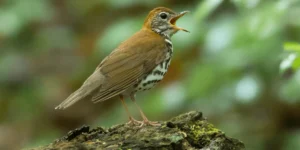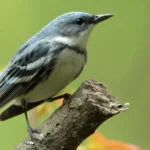Many species rely on a variety of habitats at different times of the year.
We know most birds aren’t using just one habitat throughout their full annual cycle. Many species, and migratory birds in particular, rely on a variety of habitats at different times of the year. We focus our efforts in BirdScapes, to ensure priority species have the high-quality, connected habitat they need, no matter where they go, no matter how briefly. BirdScapes are areas ranging from 150,000 to 2.5 million acres, shaped by unique regional conditions, where smart land use can benefit both birds and people. Dozens of BirdScapes connect our North American programs to our international work, providing scalable conservation interventions across birds’ full life cycles.









